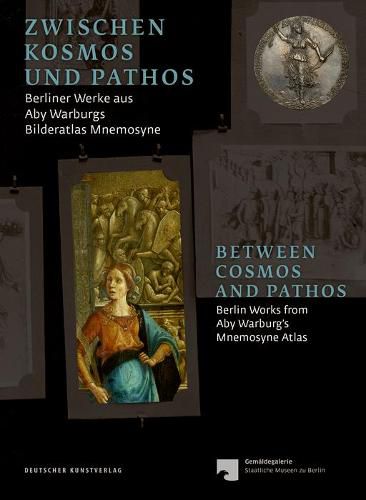Readings Newsletter
Become a Readings Member to make your shopping experience even easier.
Sign in or sign up for free!
You’re not far away from qualifying for FREE standard shipping within Australia
You’ve qualified for FREE standard shipping within Australia
The cart is loading…






Aby Warburg, one of the most important art-historians of the late nineteenth and early twentieth century, studied the afterlife of ancient motifs in European culture since the Renaissance, with the conviction that antiquity had an archetypical, emotional significance for Renaissance artists that is revealed in key motifs and core issues. Warburg’s final work was his Mnemosyne Atlas, a collection of nearly 1000 images summarizing his studies and showing new directions in visual culture. The book for the exhibition at the Gemaldegalerie, Berlin, presents nearly fifty original artworks from ten collections of the Staatliche Museen zu Berlin that Warburg selected for the atlas. They illustrate relationships between works and cultures that transcend the boundaries of time and space and simultaneously explain the complex thinking that underlies Warburg’s atlas exemplarily.
$9.00 standard shipping within Australia
FREE standard shipping within Australia for orders over $100.00
Express & International shipping calculated at checkout
Aby Warburg, one of the most important art-historians of the late nineteenth and early twentieth century, studied the afterlife of ancient motifs in European culture since the Renaissance, with the conviction that antiquity had an archetypical, emotional significance for Renaissance artists that is revealed in key motifs and core issues. Warburg’s final work was his Mnemosyne Atlas, a collection of nearly 1000 images summarizing his studies and showing new directions in visual culture. The book for the exhibition at the Gemaldegalerie, Berlin, presents nearly fifty original artworks from ten collections of the Staatliche Museen zu Berlin that Warburg selected for the atlas. They illustrate relationships between works and cultures that transcend the boundaries of time and space and simultaneously explain the complex thinking that underlies Warburg’s atlas exemplarily.